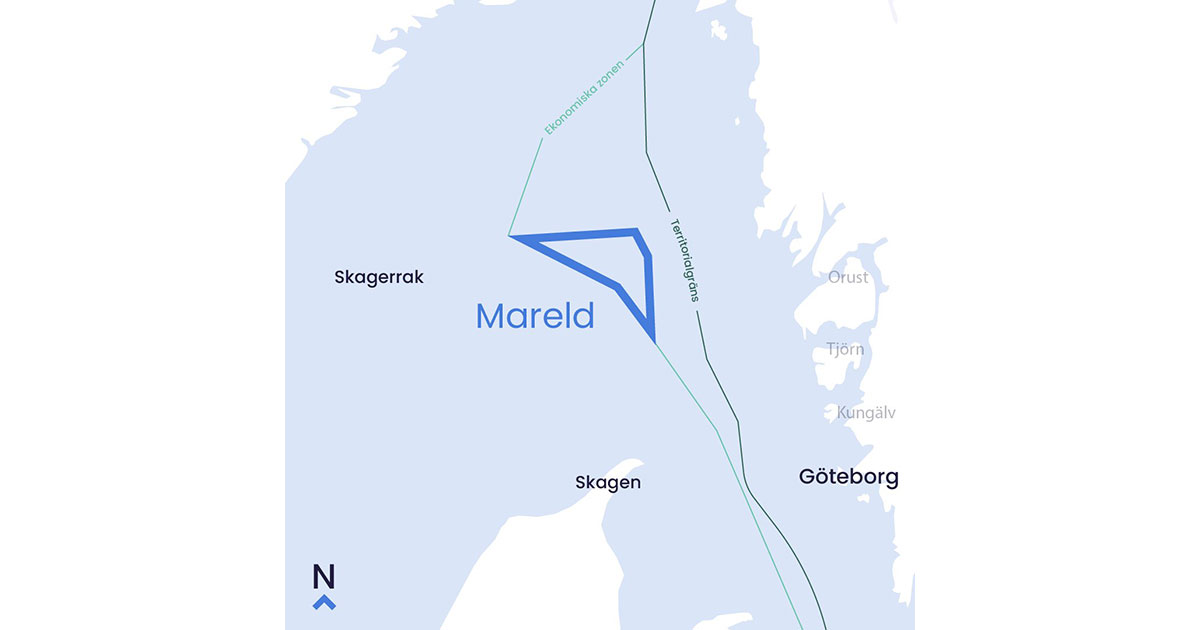Hexicon’s joint venture Freja Offshore and the Norwegian company Subfarm have started a collaboration to enable fish farms in the Swedish offshore wind farm Mareld. A new development project will take a closer look at how electricity production and fisheries can be combined.
Freja Offshore has applied to build the offshore wind farm Mareld, 40 kilometers off the coast west of Lysekil in Sweden. Now a development project is being started with the Norwegian company Subfarm to enable fish farms within the wind farm area. The Lysekil Municipality, the research institute DHI and the Norwegian industrial cluster Blue Maritime Cluster also participate in the collaboration.
The region Västra Götaland needs to triple its electricity production in the coming years to meet the energy needs and offshore wind will play a key role. At the same time, wind power must be able to coexist with other important interests, including the fishing industry and sea-based food production. Therefore, Freja Offshore now wants to develop the possibility of running sustainable fish farms in connection with the Mareld wind farm.
Previous studies show that offshore wind farms can act as artificial reefs and marine protected areas. This increases the amount of fish and shellfish and, in turn, the availability of prey. At the same time, larger fishing vessels can't pass through the wind farm. However, there are good opportunities for fish farming.
The Norwegian company Subfarm has been working since 2018 to develop solutions that enable sustainable fish farming inside offshore wind farms. The fish farms will be placed between the platforms of the wind turbines, and they will be anchored with their own anchoring system. The fish boxes will be lowered to a depth of 50–70 meters and hoisted up to the surface for checks and harvesting. They are then transported by ship to land.
“Sustainability is a common thread in everything we do. We work with a technology that minimizes the environmental impact and puts the well-being of the fish at the center. By co-locating with wind power, we can further reduce the ecological footprint because much of the infrastructure is already in place,” says Karl C Strømsem, Chairman of the Board of Subfarm.
The technology has been developed to cope with tough weather conditions in the North Sea and is based on methods previously used in the oil and gas industry for decades. The entire system is controlled from a control station on land.
The combination of fish farming and wind power would mean great opportunities for the municipality of Lysekil in terms of jobs and entrepreneurship. Construction and design of fishing gear, service vessels, fish processing and increased demand for marine technology are some examples. At the same time, the municipality is heavily dependent on the increased electricity production, not the least given Preem's energy transition.
“We are facing a major transition in which electrification has a decisive role. To succeed, we must think anew and see what opportunities wind power can mean for our development as a coastal municipality. That's why it's extra exciting to be part of this project,” concludes Anne Bergeld Gunnäs, who is a maritime business developer in the municipality of Lysekil.



